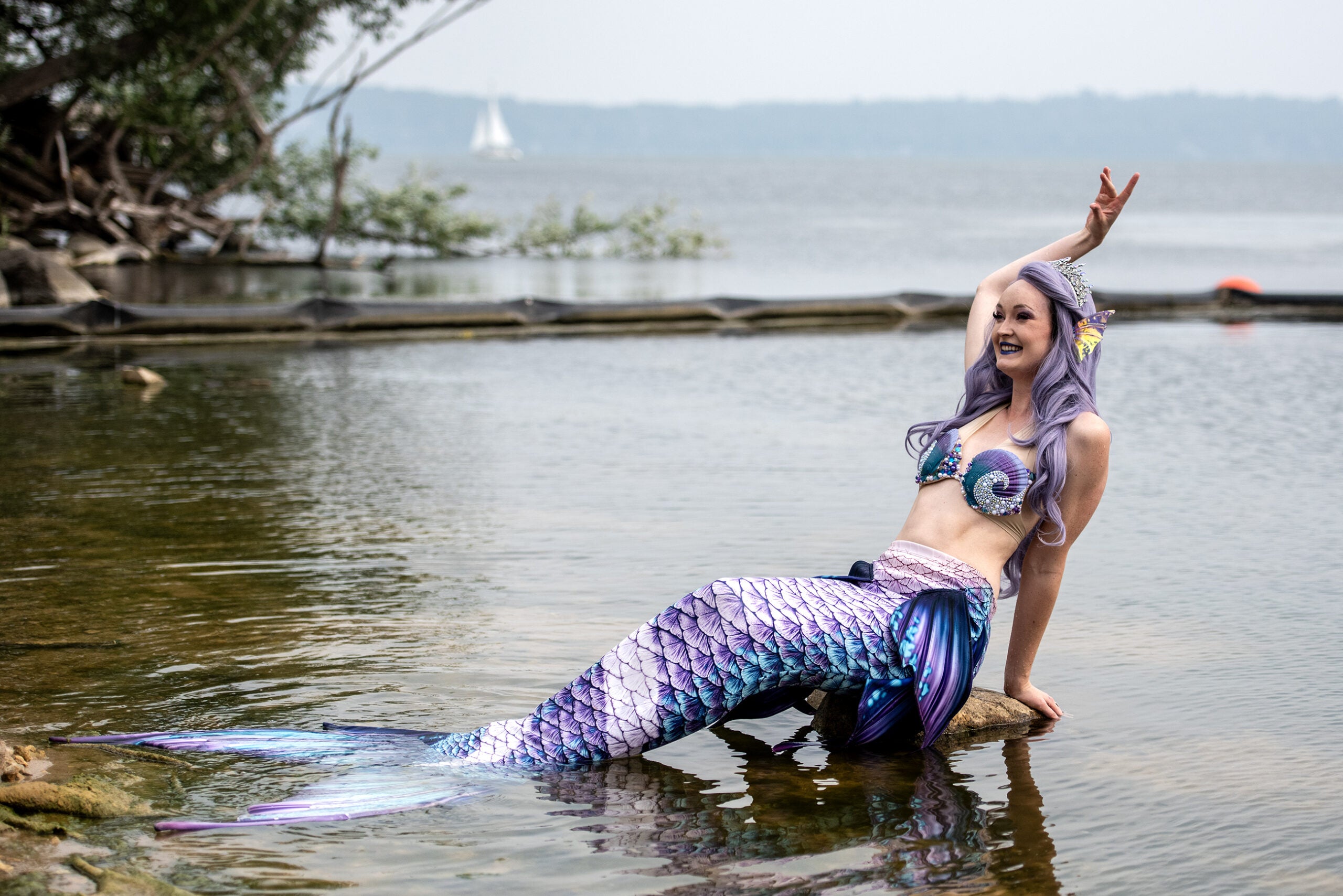It’s Halloween! A horror author explains why, even in a world with so much real life horror, the fictional genre is so important to literature. Then we track how and why irrational fears spread and explore the world of high-end pre-Colombian cuisine.
Featured in this Show
-
'World War Z' Author Says People Need Horror Now More Than Ever
In a time when real-life horror stories like Ebola outbreaks and journalist beheadings dominate the news, it might seem like people no longer need fictional scary movies or books.
But according to Max Brooks, the author of “World War Z” and the comic series “The Extinction Parade,” people need horror now more than ever. He said that whereas real-life horror might lead people to put up their psychological defenses, fictional horror is a little more digestible.
“I think it’s human nature that when a threat is too real, such as Ebola or (the Islamic State Group), people tune out,” said Brooks. “They don’t want to hear it. It’s too scary. But if you present these facts with the veneer of science-fiction or horror, then it allows people to still sleep at night and hopefully, hopefully, digest some of the lessons from the real world,”
One of the lessons that Brooks said he’s trying to teach in “The Extinction Parade” is that when people get things handed out to them in life, they are unprepared for adversity. The series is about a zombie outbreak, told through the eyes of vampires. The vampires have been on the top of the food chain for centuries and aren’t ready to deal with the consequences of the outbreak.
Brooks said that with this work, he wants people of every generation to understand the power of struggle and how failure makes someone stronger. He said that today, especially children, often don’t have the opportunity to fail and pick themselves back up.
“I grew up seeing what happens to the kids who had it easy, and they do not make for good adults,” he said.
Of course, preparing for adversity might be different for people who don’t have a horde of zombies chasing after them. Brooks said that it’s all about taking risks and viewing failure as a chance to get smarter and stronger.
“The truth is, it’s not about how awesome you are. It’s how resilient you are,” he said.
-
Chef To Open Restaurant Featuring Indigenous Foods Of North America
Chances are good that any given reasonably sized city will have restaurants serving Italian, Mexican or Chinese food. There might even be a crab shack or barbecue joint.
The likelihood of there being a restaurant that serves Native American cuisine, on the other hand, is fairly small.
For the Twin Cities, that’s about to change: Later this year, Sean Sherman plans to open Minnesota’s first “pre-contact” restaurant, appropriately named the Sioux Chef. The menu is inspired by the wild and cultivated foods of the Dakota and Ojibwe tribes of the Midwest, and will rely strictly on the indigenous foods of North America.
Sherman grew up on the Pine Ridge Indian Reservation in South Dakota, where he first learned about the traditional foods of the plains by foraging for plant food, hunting game and smoking lean meats.
Like his ancestors, Sherman prepared food with the changing seasons, making sure to preserve nutrition through the grip of winter. Now, he hopes to modernize those dishes that have sustained life and satisfied taste buds for generations.
“It’s unfortunate that this food culture has kind of gone forgotten,” Sherman said.
In order to build his menu, Sherman sought out to gather recipes of various Great Plains tribes but didn’t find much. Frybread and Southwestern recipes dominated the recorded history of tribal food. He had to dig deep and rely on oral history to find dishes true to form.
Sherman’s research ultimately led him to begin exploring wild foods. Sherman said that because of that, he sees the world differently now.
“It really changed my perspective when I went out into the forest. I just started seeing food everywhere,” he said.
Indigenous diets featured flavors like chokecherry, timpsula root, maple, wild rice, sumac, pine, wild mint, wild onion, cattail, deer, turkey, duck, rabbit and bison among many other items. Best of all, said Sherman, it’s healthy: His menu, for example, excludes processed sugars, beef, chicken and pork.
The food that Sherman prepares is clean, minimal and elegantly plated, and includes recently harvested ingredients that reflect the current season.
As for the restaurant itself, Sherman said he wants it to be non-pretentious, approachable for Native and non-native people alike, and a family-style place where diners can share plates.
“We are anxious to showcase to the world that the culinary history and flavors of America’s Native peoples are beautiful, bountiful and sacred,” Sherman’s said.
-
Fearbola, Ebolania: What's Behind Irrational Fears?
“Fear-bola” seems to be spreading faster than the disease that inspired its name. While deadly viruses, terrorist insurgencies and airplane crashes can raise alarm, how much of what makes us scared is steeped in reality and how much of it in psychology?
-
Horror Author Explains Why The Genre Is So Important
In a world with plenty of real-life horror in it, do we still need scary movies? An author makes the case for why we need horror and what purpose it serves in our society.
-
Food Friday: Native American Cooking
A chef introduces the concept of pre-colonial food, drawing recipes, ingredients, and inspiration from his Native American heritage, on this edition of Food Friday.
Episode Credits
- Rob Ferrett Host
- Veronica Rueckert Host
- Amanda Magnus Producer
- Marika Suval Producer
- Max Brooks Guest
- Sean Sherman Guest
- Olga Khazan Guest
Wisconsin Public Radio, © Copyright 2024, Board of Regents of the University of Wisconsin System and Wisconsin Educational Communications Board.

